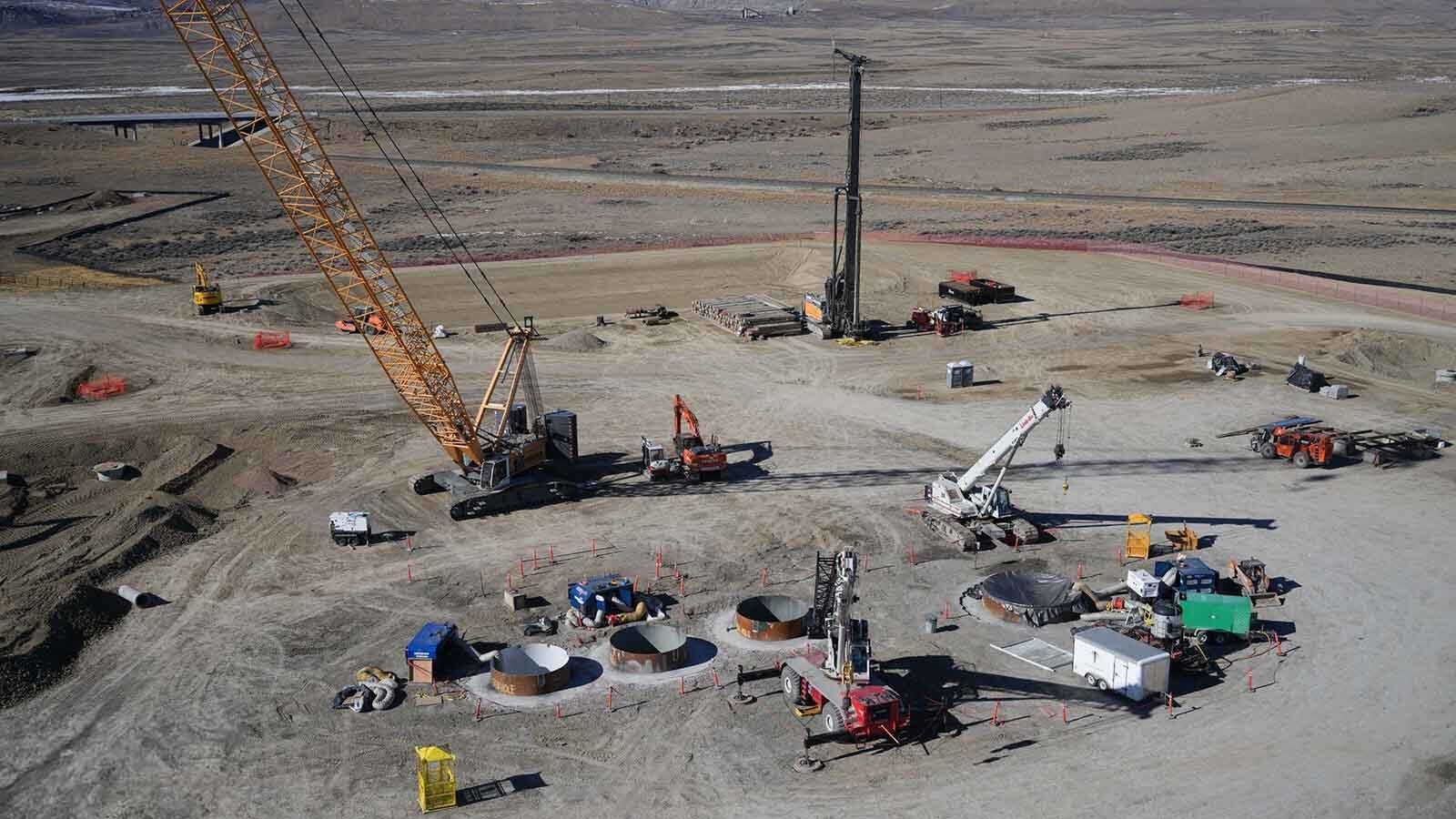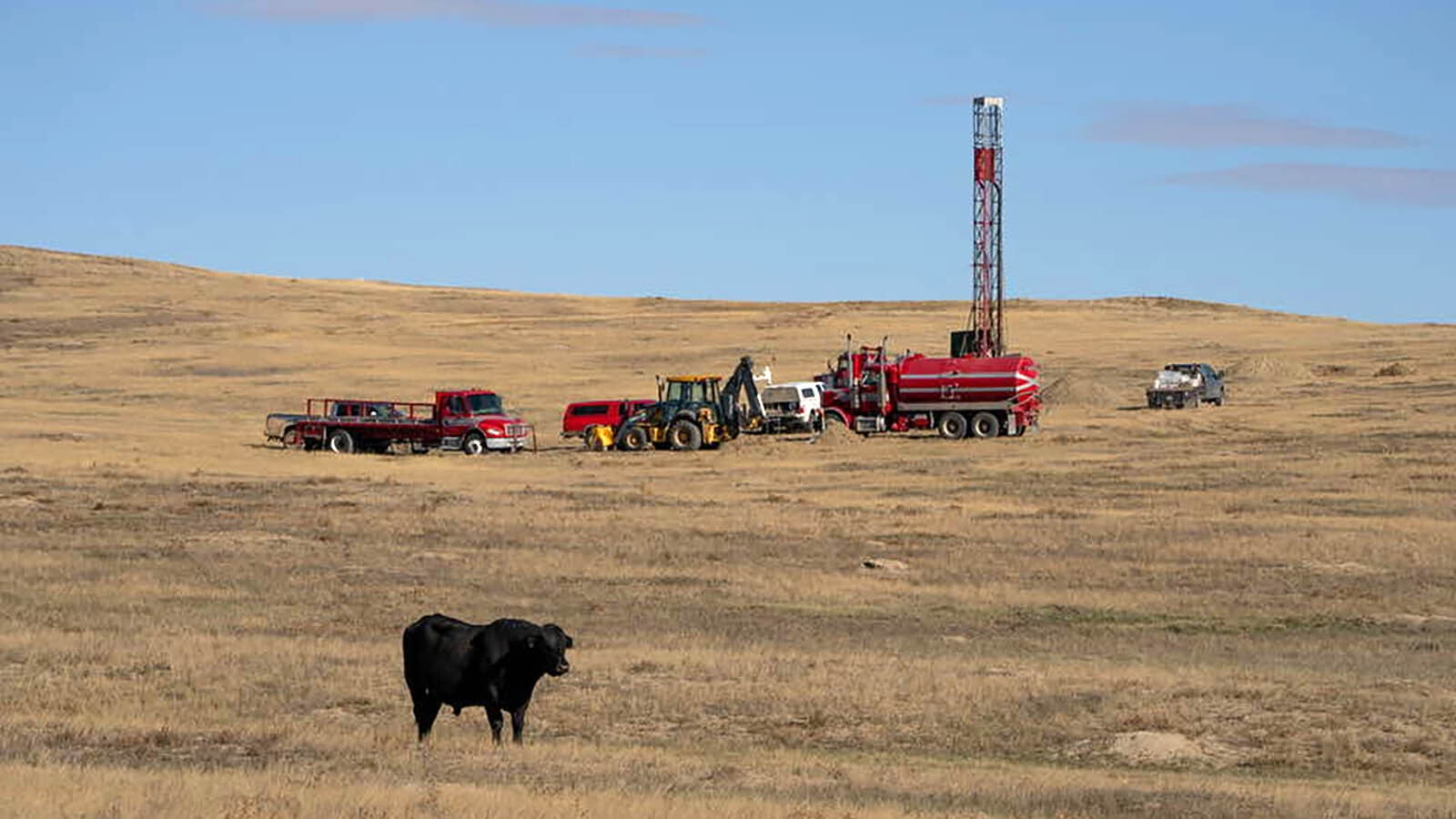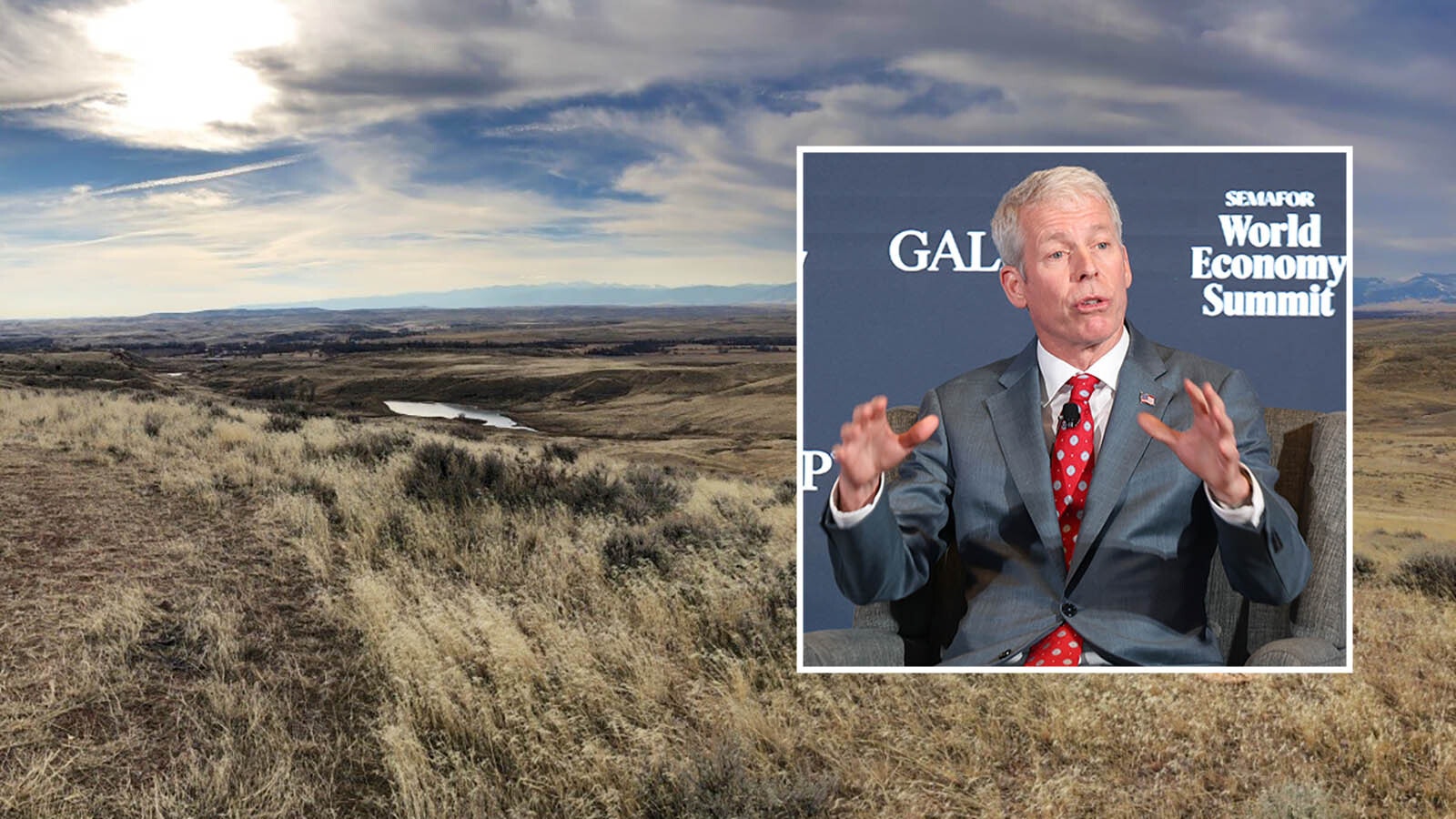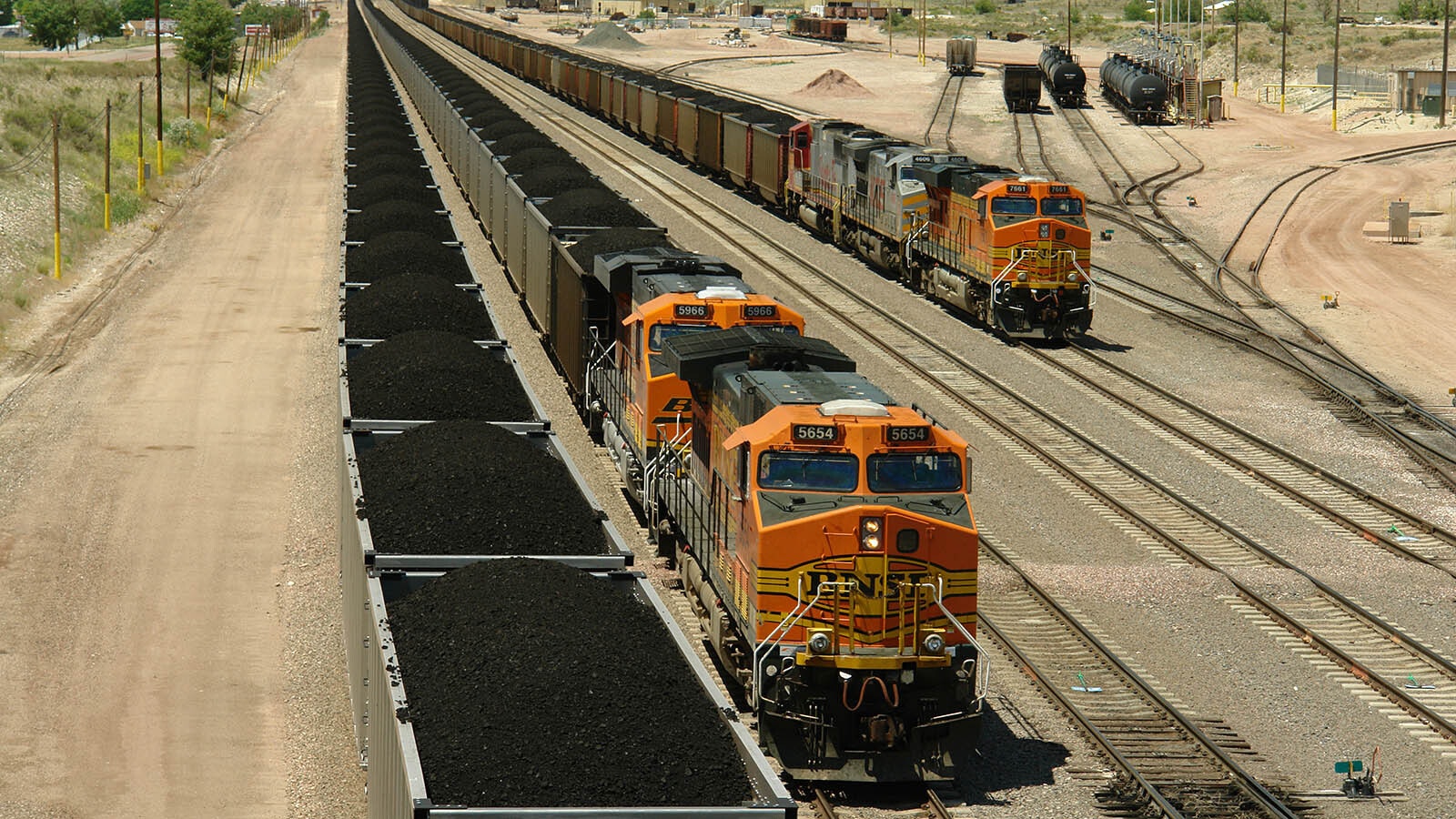Labor shortages are hitting the Wyoming Energy Authority and jeopardizing federal funding for programs that benefit small businesses, local governments, K-12 public schools and agricultural producers.
Dire Straits
The WEA has been unable to fill the vacant State Energy Program (SEP) manager position. Between 2017 and 2020, the federal government supplied $203 million in funding for energy efficiency and renewable energy programs. All that money has to go through states’ energy offices.
Without a person in Wyoming to manage SEP-funded programs, the WEA will likely have to forgo some of those funding opportunities.
The WEA is “in dire straits, really, with respect to the SEP, because there’s no chance we will get anybody until January,” said Glen Murrell, executive director of the WEA at the group’s recent monthly meeting.
Billions Up For Grabs
Murrell said there were “critical” functions the SEP manager handles for the organization, including programs funded by the Infrastructure Investment and Jobs Act (IIJA) and the Inflation Reduction Act (IRA), which providing hundreds of millions of dollars in renewable energy funding.
“The IIJA and IRA have literally billions of dollars in the air” for state energy program community efforts, conservation and efficiency, Murrell said. But those programs have to pass through states’ energy offices.
Without a SEP manager, the WEA has no one to administer grant awards and compliance reporting, he said.
“We’ve basically reverted to survivor mode, and we’re just doing everything we can to keep the lights on in that program. We can’t do anything more,” Murrell said.
In 2020, grant programs through the Wyoming SEP office awarded $660,000 in grants, which produced around $100,000 in energy cost savings.
Recruiting Hard
The previous program manager, Kaeci Daniels, resigned earlier this year. Last September, the WEA hired Daniels’ replacement, but that person worked one day, was out sick for two weeks and then resigned the following day.
Murrell said the job has been posted, but the agency has had no applicants. Daniels was hired out of five applicants, of which three were interviewed. When Daniels resigned and the job was posted, there were two applicants.
Federal requirements limit options for having other state agencies perform tasks for the role, and contracting the work isn’t an option either, Murrell said, as budgets are submitted a year before. There really isn’t a good process for altering budgets to include a contractor rather than the budgeted full-time position.
“So, we’ll focus mainly on compliance and making sure we don’t miss the boat as we recruit as hard as we can,” Murrell said.
Limited Staff
Murrell said Wyoming isn’t unique in having an SEP with limited staff. The National Association of State Energy Offices (NASEO) recently put together a webinar to provide guidance to states on how they can deal with limited staffing and still carry out their missions. The options the NASEO suggested were hiring more people or avoiding any programs that have a lot of administrative burdens.
“So basically, avoid what makes a lot of work or hire some people,” Murrell said.
Altogether, the WEA has a five-person office when the SEP manager position is filled. Kansas’ state energy office has one staff member.
Maine’s state energy office has a 12-person office, with two people dedicated to managing the SEP. Montana’s WEA equivalent has 15 people and hiring two more. Michigan has six people, while Maryland has a state energy office with 37 people.
Job Posting
The job description for the SEP manager says the person will manage the planning, budgeting, outreach, communication, grantee support and project administration for the State Energy Program, funded by the Department of Energy.
Requirements include a bachelor’s degree from an accredited university or equivalent relevant experience, one to three years of work experience in a relevant field, and one year of work experience in the energy sector or related field preferred.
The job posting has a full job description and list of qualifications for anyone interested.





